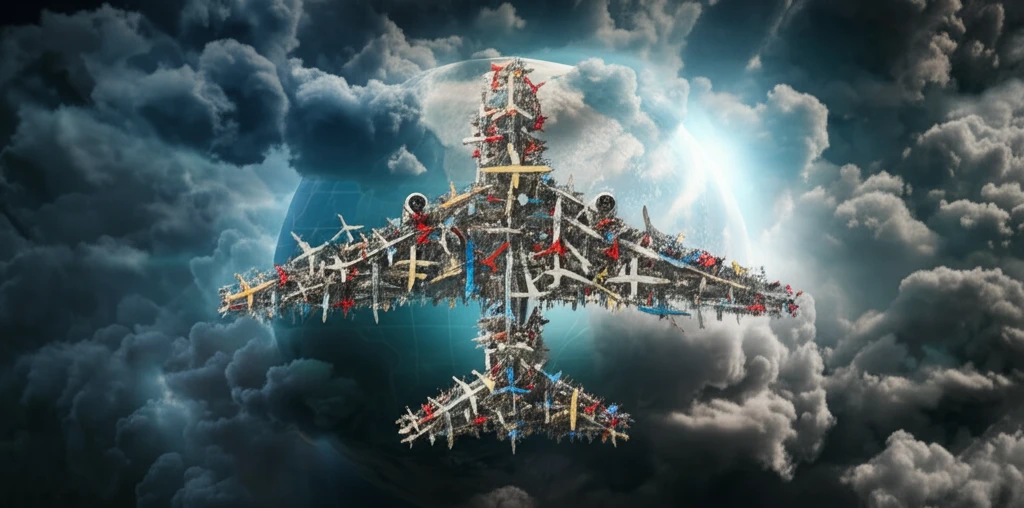
Why Airlines Standardize Their Fleets: The Surprising Impact on Your Travel
"Discover the strategic reasons behind airline fleet standardization, its benefits, and potential drawbacks for both airlines and passengers."
For many air travelers, the specific aircraft operating their flight might not be something they think about. However, some enthusiasts find the type of aircraft to be a major aspect of their journey. The chance to experience a new aircraft model and enjoy its onboard features can significantly enhance their overall satisfaction.
Sometimes, airlines will rebrand planes that have a poor safety record in order to improve market impression. This was the case for the Fokker 100, rebranded as MK-28 by Avianca Brazil, and more recently the Boeing 737 MAX 8, which Gol has quietly changed to 737-8. Airline strategic planning teams conduct considerable analysis long before the aircraft model is displayed during the ticket purchase, guaranteeing the fleet is optimized for both the business strategy and route network.
The fleet selection is extremely important, having a direct influence on operating expenses and the planning of the route network for any airline. Each aircraft type has unique characteristics that are essential to an airline's success. Some factors include the cost of maintenance, the cost of crew training, the cost to purchase or lease, fuel consumption, the aircraft's maximum flying range, the seating and cargo capacities, takeoff and landing performance, reliability, and passenger comfort.
The Logic Behind Fleet Standardization

The operational features of each aircraft type may make it suited to a specific aviation market, while at the same time making it inefficient for another. These considerations are not just made while making aircraft purchase decisions, but also while running the company and allocating the fleet to each destination. British Airways introduced two flights daily between London City Airport in the United Kingdom and John F. Kennedy Airport in New York in 2009. The airline discontinued the flights in July 2020, amid the global epidemic caused by the COVID-19 virus, which was brought on by a significant drop in demand for air travel. The premium service was provided by Airbus A318 aircraft, each with only 32 fully reclining business class seats. The aircraft has a high-density configuration that holds up to 132 seats, but they were configured to guarantee an exclusive service with many benefits for customers.
- Operational Efficiency: Streamlining operations through reduced training, maintenance, and inventory costs.
- Financial Stability: Improving profitability with better resource management and optimized fleet utilization.
- Risk Mitigation: Minimizing potential disruptions by reducing the complexity of fleet management.
Fleet Standardization: Balancing the Equation
The decision to embrace fleet standardization must carefully balance the advantages and disadvantages, taking into consideration the specific business goals, operational environment, and market conditions. Standardization provides significant efficiency and financial benefits, but it also has the potential to reduce flexibility and raise vulnerability to certain aircraft faults. Airlines can navigate these challenges by carefully assessing their demands and developing flexible strategies that optimize fleet composition to assure long-term success and sustainability in an ever-changing sector.
